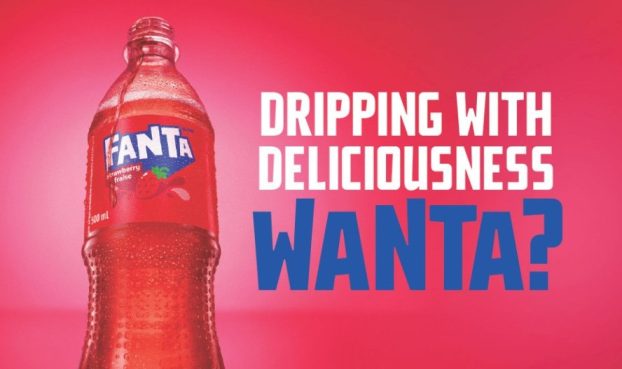Service must alleviate, not create fear
We have approached this assignment as if it were a request for some input from the insurance company, as opposed to a response to a leaked document.
The concept of offering an added-value service designed to address the growing concerns about safety makes sense today, especially given that the primary target group is comprised of retired people.
Trend data suggest concern for personal safety has increased significantly over the past decade, and that the trend has been led by people over the age of 50, particularly older women.
Consumer behavior, product design and elements of service are being more heavily influenced by the consumer’s insecurities and concerns about safety.
The marketplace is beginning to see a number of safety/security-based marketing campaigns, many of which are having success.
For example, there is a new emphasis on safety in the marketing and advertising of cars.
There is a growing market for home alarms, especially among older people.
There has been a great deal of emphasis placed on the design of tamper-proof packages on over-the-counter medications.
Speedy Muffler, along with some other corporations, has sponsored a program aimed at women and designed to give them helpful tips about safety when travelling in their car alone.
The Speedy program has been successful in not only attracting customers and building traffic, but in improving the corporate image of the firm as one concerned about public safety.
Overall, there is merit in putting together a program designed to address safety concerns.
However, we have some concerns about a number of the elements of the proposed service.
The concept has potential, but the details laid out in the briefing document suggest there will be major packaging, delivery and promotional problems if the concept proceeds as proposed.
Firstly, there is a potential problem in the delivery system.
The primary target group of people over 50 is the least receptive to computer technology.
They are less likely than younger people to feel that the changes in technology have made it easier to function in the marketplace, and are more likely than others to avoid such innovations as banking machines.
Many feel these innovations are not user-friendly; they prefer to deal with a live human being.
Given this, it is unlikely the target group will be receptive to a system to which they gain access by a touch-tone phone.
The approach by which they gain access to the information is too impersonal, and too complicated, to have appeal.
Secondly, some of the information contained within the package that is ultimately sent to the customer is readily available elsewhere.
The Canadian Automobile Association, for example, provides lists of restaurants and attractions that might interest the visitor to a particular destination.
Moreover, many Canadians who go south each winter tend to go to the same area each year and are familiar with their destination and its security services and resources.
This also reduces the value of the information being offered.
The lifestyle profile that is derived from the policyholder’s personal file has the potential to be a negative for two reasons.
Firstly, this could be considered an invasion of privacy by some.
Secondly, there could be some resentment of the idea that some anonymous person who does not know the customer has developed a personalized plan for them.
This gets back to the issue of personal, face-to-face service, which is so important to seniors.
The proposed theme-line, ‘We want you alive,’ is also a problem.
This is fear marketing, a strategy with the potential to backfire on the company. It does not communicate the benefits of the program, but instead plays to the ultimate fear – death.
The danger to the company is that it could be perceived as fear-mongering rather than as a company concerned with public safety.
In developing the concept, the company should keep in mind the primary reasons their customers are going south – they are going for relaxation, for recreation, and to get away from the cold weather.
The emphasis should be on enhancing that experience, not generating fear about it.
For example, the idea of carrying a mace-like substance around suggests people will be unable to relax, and will detract from the vacation.
The emphasis should be placed on other types of assistance, such as a cellular phone in the car.
The company might consider working with the tourist boards of the more popular destinations to develop joint programs that emphasize safety.
Based on our knowledge of the mature market, it is our feeling the concept has potential, but there is significant work to be done on the way the concept is executed.
We would strongly recommend some research be done on the concept with some of the company’s own customers to determine the strengths and weaknesses of the ideas being proposed, and to determine how the concept can be improved to maximize the opportunity to strengthen the company’s market position.
For it to be successful, the benefits of the package being offered must be considered tangible, and should be designed to alleviate, not create, fear in the minds of the customers.
Allison Scolieri is vice-president of Toronto-based Goldfarb Consultants.























